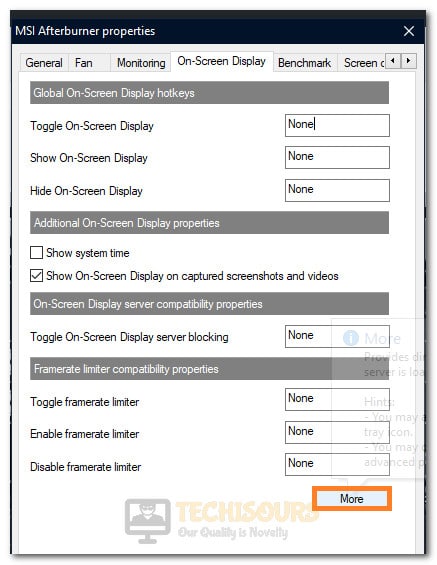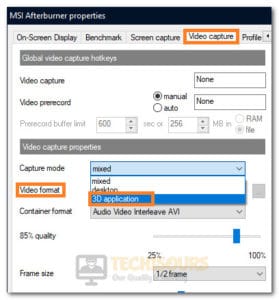
- MSI AFTERBURNER NOT SHOWING GPU HOW TO
- MSI AFTERBURNER NOT SHOWING GPU UPGRADE
- MSI AFTERBURNER NOT SHOWING GPU PC
When you've been playing for a while (we'd recommend at least an hour) you can then check your logs.

Then while MSI Afterburner is running, simply load up your favourite games and play as you always do.

If when doing this you see that your CPU is being used much more than your graphics card then this might indicate a CPU bottleneck. If you have a flagship GPU but a budget CPU then your CPU might not be able to keep up and you've created a CPU bottleneck. Both components have to work quickly together in order to deliver the best results. The graphics card then handles things like the shaders, textures and other graphical data.
MSI AFTERBURNER NOT SHOWING GPU PC

This problem doesn't necessarily happen over time either. But if you do this without also upgrading other parts then there may well be a big difference in the processing power of the CPU and the GPU.
MSI AFTERBURNER NOT SHOWING GPU UPGRADE
Over time you may well upgrade parts of your system and gamers tend to opt to upgrade the GPU first as that's the easiest thing to change. Either one or the other of these two components can create a bottleneck and prevent you from getting maximum performance from the other. Generally speaking, there are two main components that can be impacted by a bottleneck - the CPU and the graphics card. This is often down to the maximum performance capabilities of the components and their use.

In a gaming PC, a bottleneck happens when one component is restricting the performance and capabilities of another. Which parts of your gaming PC should you upgrade first?.
MSI AFTERBURNER NOT SHOWING GPU HOW TO
It's therefore important to understand what a bottleneck is, how to check to see if you have a bottleneck in your system and how to fix it.


 0 kommentar(er)
0 kommentar(er)
